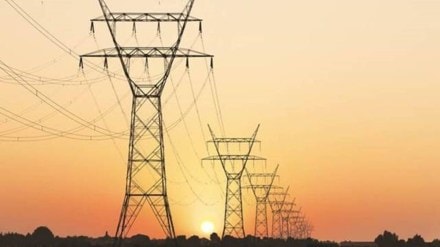By Manish Gupta
Soaring temperatures across India coupled with higher manufacturing capacity utilisation pushed the country’s electricity demand to a record high of 2,15,882 MW (216 GW) on Tuesday, as per Grid Controller of India Ltd.
The demand on April 18, 2023 was 2% higher than last summer’s maximum demand of 2,11,856 MW (212 GW) met on June 10, 2022. The electricity demand has been above 200 GW for many days in April, unlike last year this month.
The maximum electricity demand met in April 2022 was 2,07,111 MW (207 GW) with a peak shortage of 8,120 MW on April 29, 2022. Tuesday’s demand is 4% higher than the maximum demand met in the same month last year.
Also read: How to change your company name? Here’s a quick guide to switching to a new name and identity
Despite meeting an unprecedented electricity demand of 216 GW on April 18, 2023, there was a peak shortage of 2,021 MW, as per the daily reports of Grid India. So, the actual demand for power on the day was 2,17,903 MW.
Similarly, the maximum actual demand for electricity registered last year was 2,15,431 MW on April 28, 2022 (2,04,653 MW demand met and peak shortage 10,778 MW). This peak shortage had narrowed down to just 584 MW on 10 June 2022, the day peak demand was met last year.
The months of April and May in 2023 have been projected as high-demand period. During the current year 2023-24, the peak demand is expected to be around 229 GW during the summer period, as per the ministry of power.
The government has taken several steps to meet the increased demand for power including ensuring availability of the generation capacity, coordination with ministries of coal and railways to increase production and dispatch of coal, and directions to gencos to import coal to fill any supply gap.
Also read: What will future offices look like? What structures will they be and why?
According to Central Electricity Authority’s daily coal data update, as on April 17, out of the 180 thermal plants across the country, 47 plants have coal stocks that are at critical levels.
Out of the 47 plants having critical coal stock, 30 are based on domestic coal, five are designed on imported coal, seven are currently not in operation and five are based on washery rejects.
